Introduction:
Gemba is a Japanese term commonly used in Lean management and Six Sigma methodologies. It refers to the place where value is created in a business or work is performed, such as a factory floor, construction site, retail store, or office workspace. Gemba means to go to the place of work. In fact, managers will physically move to the place of work, interaction with the employees, and monitor the progress, which leads to more accuracy. The philosophy emphasizes the vital of understanding the work environment rather than relying on secondary reports.

Advantages of Gemba:
Real-time understanding: Managers and leaders may obtain a first-hand insight of the procedures, difficulties, and possibilities by visiting the Gemba and seeing the workers at work. As a result, they may make better judgements based on current facts as opposed to merely relying on reports or assumptions. In the end, this aids the management in understanding the issues so they may attempt to resolve them.
Employee engagement: Managers have face-to-face interactions with workers when they go to the Gemba. Given that their opinions and thoughts are respected, this engagement encourages a feeling of involvement and empowerment within the workforce.
Quality improvement: Gemba offers a chance to evaluate the caliber of a good or service right where it is produced. Managers can spot flaws or quality problems early on by seeing the work processes in action and closely evaluating the finished product.
Waste reduction: Gemba aids in locating and getting rid of trash in operations. Gemba helps managers to identify and address waste, be it inefficient processes, wasteful transportation, overproduction, or surplus inventory. As a result, procedures are streamlined, expenses are decreased, and overall efficiency is increased.
Disadvantages of Gemba:
The limited scope of observation: Gemba visits frequently concentrate on one region or procedure at a time. This constrained focus might cause deeper systemic problems or interdependencies between various organizational components to be missed. It’s crucial to balance Gemba’s findings with a comprehensive comprehension of the full value stream.
Resistance to change: Gemba practices often involve identifying and addressing problems or inefficiencies. However, resistance to change from employees or to implementing suggested improvements can hinder the effectiveness of Gemba initiatives. Overcoming resistance and fostering a culture of continuous improvement may require additional effort and change management strategies.
Incomplete picture: Gemba observations provide valuable insights but do not always capture the full complexity of a situation or process. Certain aspects, such as intangible factors like employee morale or customer perceptions, may be difficult to observe or quantify. Organizations should supplement Gemba visits with other data sources and feedback mechanisms to gain a comprehensive understanding.
Potential disruption: Managers’ visits to the Gemba may cause a temporary shift in staff behaviour or disturb regular business operations. This could modify the working environment and perhaps skew the reliability of observations. Managers must strike a balance between monitoring employees and causing the least amount of interruption to everyday operations.
Practical Implementation:
This method has frequently been used in building projects where managers enter the area and keep an eye on the progress of the work. Through this, workers receive a taste of the real workplace and have the chance to communicate with management, recognise challenges, concentrate on reducing waste, and many other benefits. Regular connection with the workforce will make it simple for managers and employees to communicate with one another, and work will always be completed by the deadline. Employee morale eventually rises, and they become more loyal to the company.
Penned By:
Mr. Ankit Gothi




Leave a comment